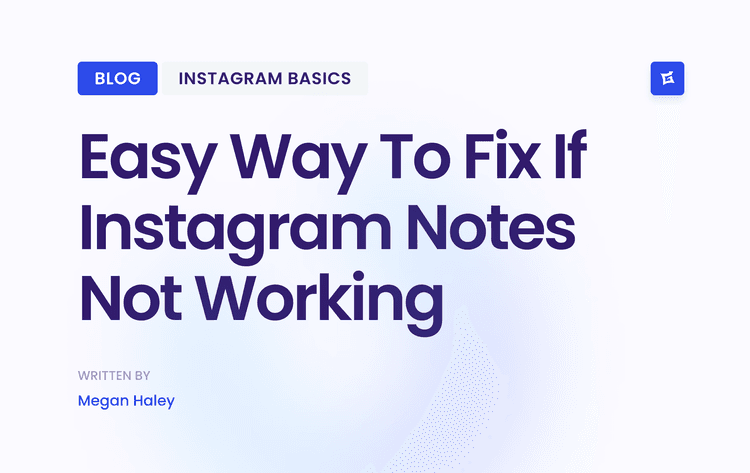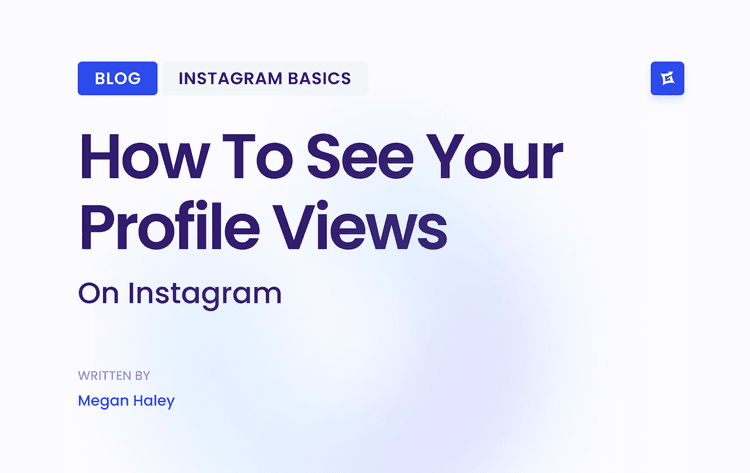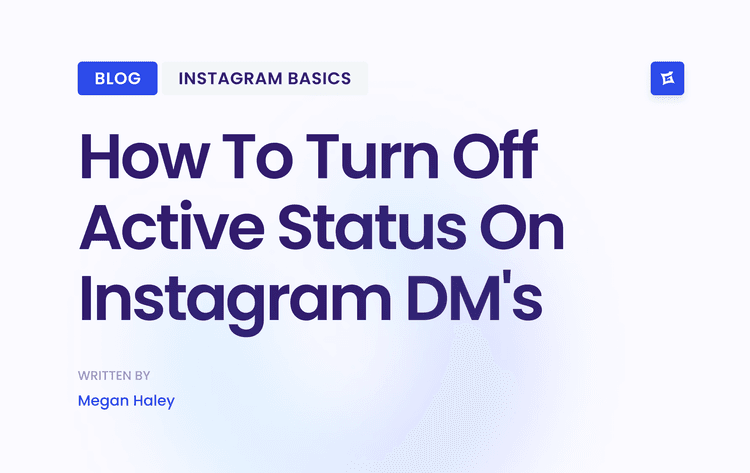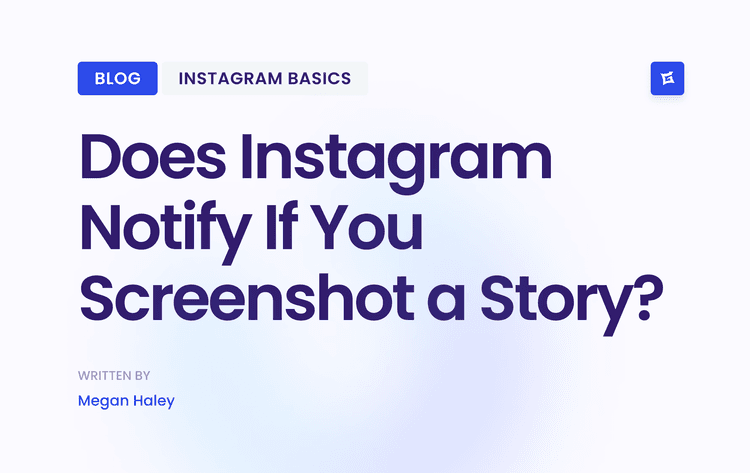Your Framework for Smart Instagram Promotion
Before you even think about your ad budget, you need to focus on the free stuff. I'm talking about the organic tactics that tell the Instagram algorithm, "Hey, this content is actually good!" This groundwork is non-negotiable; it's what separates a successful promotion from a waste of money.
Blending Organic and Paid Strategies
The smartest marketers on Instagram don't choose between organic and paid—they masterfully weave them together.
Organic Promotion: This is your bread and butter. It’s all about doing the work to create content people genuinely want to see and interact with. This includes everything from deep-diving into hashtag research and writing killer captions to actually talking with your followers in the comments and posting when they're online.
Paid Promotion: This is your accelerator. Once you have a post that's already doing well organically, you use Instagram's powerful ad tools to get it in front of a much larger, highly specific audience. It’s how you guarantee visibility beyond your existing followers.
This visual really drives home the difference between the two approaches and why you need both in your toolkit.
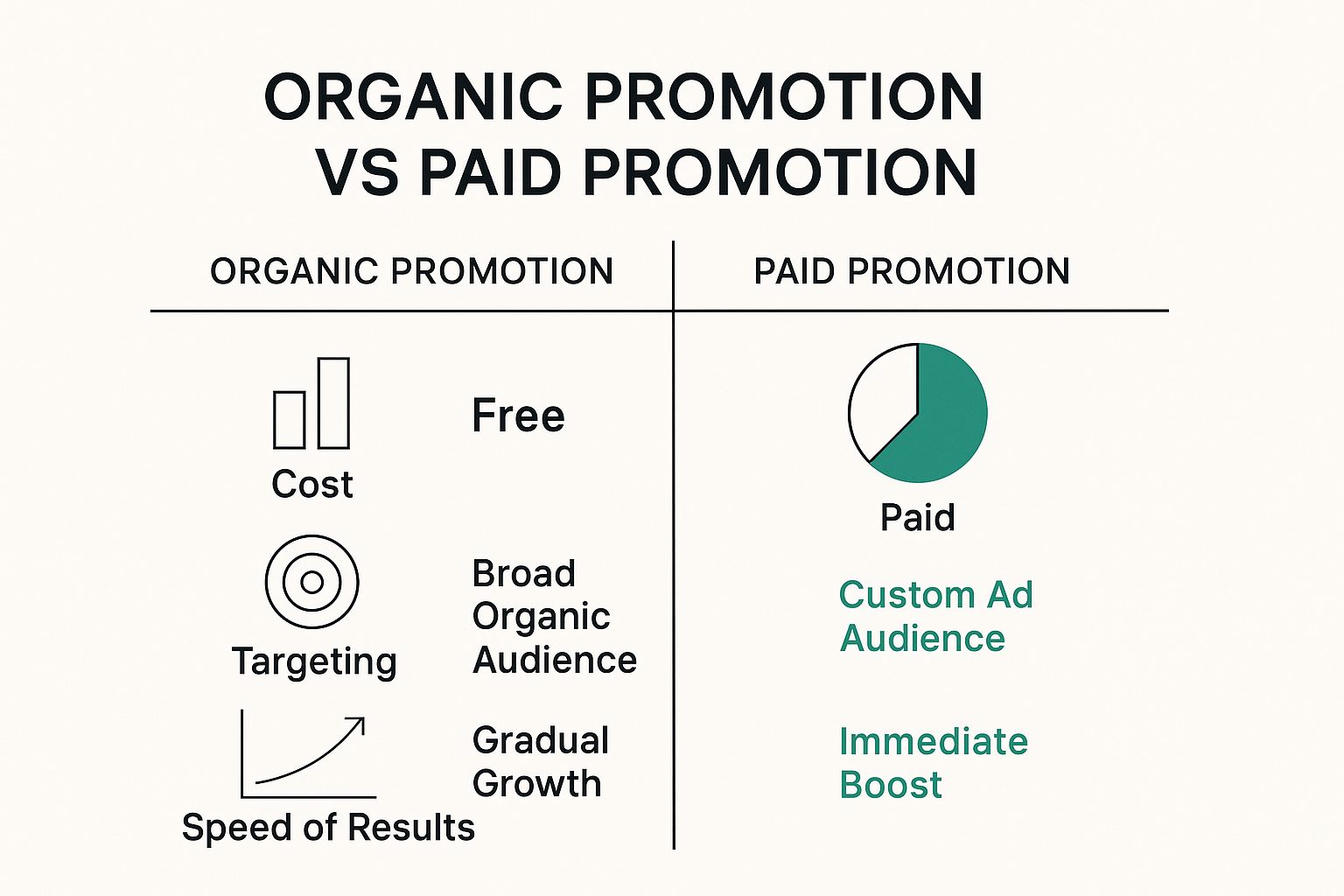
As you can see, organic growth is the slow burn that builds a real community, while paid ads deliver that instant, targeted reach. You need that balance to truly succeed.
Why a Dual Approach Is Crucial Now
Let's be real: relying only on organic reach is a tough game these days. With constant algorithm changes and a flood of new content every second, even amazing posts can get buried. In fact, Instagram's average engagement rate has dipped by about 28% year-over-year.
This drop means that a solid, well-rounded Instagram content strategy is no longer a "nice-to-have"—it's essential for survival and growth.
The new rule for Instagram promotion is simple: Promote what's proven. Let your organic performance be your guide. When you see a post getting tons of love from your current audience—likes, comments, shares, saves—that's your signal. That's the post you put your ad budget behind. This way, you're amplifying a certified winner, not just hoping something sticks.
To help you visualize how these pieces fit together, here's a quick breakdown of the core strategies.
Key Instagram Promotion Strategies at a Glance
A strong social media strategy typically includes a mix of organic and paid tactics, each serving a distinct purpose in growing your audience and driving results.
In terms of audience reach, organic strategies rely on hashtags, shares, and the Explore page to attract new followers naturally. Paid strategies, on the other hand, use precise targeting based on demographics, interests, and behaviors to reach specific audiences beyond your followers.
When it comes to content quality, organic growth depends on creating high-value, engaging posts that naturally earn likes, comments, and shares. Paid efforts often amplify the best-performing organic content, ensuring it reaches a wider audience and drives a clear action, such as clicks or sign-ups.
For timing and cadence, organic posts are published when your audience is most active, helping maximize initial engagement and visibility. Paid ads, however, can run continuously or on a fixed schedule, allowing you to reach your audience at any time — even when you’re offline.
In the area of engagement, organic tactics emphasize building community through conversations in comments and DMs, as well as encouraging user-generated content. Paid tactics focus on driving direct results, such as website visits, lead form submissions, or product purchases, often using a clear call-to-action (CTA).
Finally, for measurement, organic performance is tracked through metrics like reach, saves, shares, and follower growth over time. Paid performance is measured using ad-specific data, such as Cost Per Click (CPC), conversion rates, and Return On Ad Spend (ROAS) — offering deeper insights into campaign efficiency and ROI.
By understanding how these organic and paid tactics complement each other, you can build a much more powerful and efficient promotion machine for your Instagram content.
Building Your Organic Reach Before You Spend
So you want to promote a post on Instagram? It's tempting to jump straight into ads, but that's a classic rookie mistake. Pumping money into a post without a solid organic foundation is like building a house on sand—it’s just not going to hold up.
Think about it this way: your organic performance is your free testing ground. When a post naturally gets a ton of likes, comments, and shares, that's your audience (and the algorithm) giving you a massive green light. That's the post you put money behind. This initial, unpaid effort is what separates a high-return promotion from a budget-burning disaster.
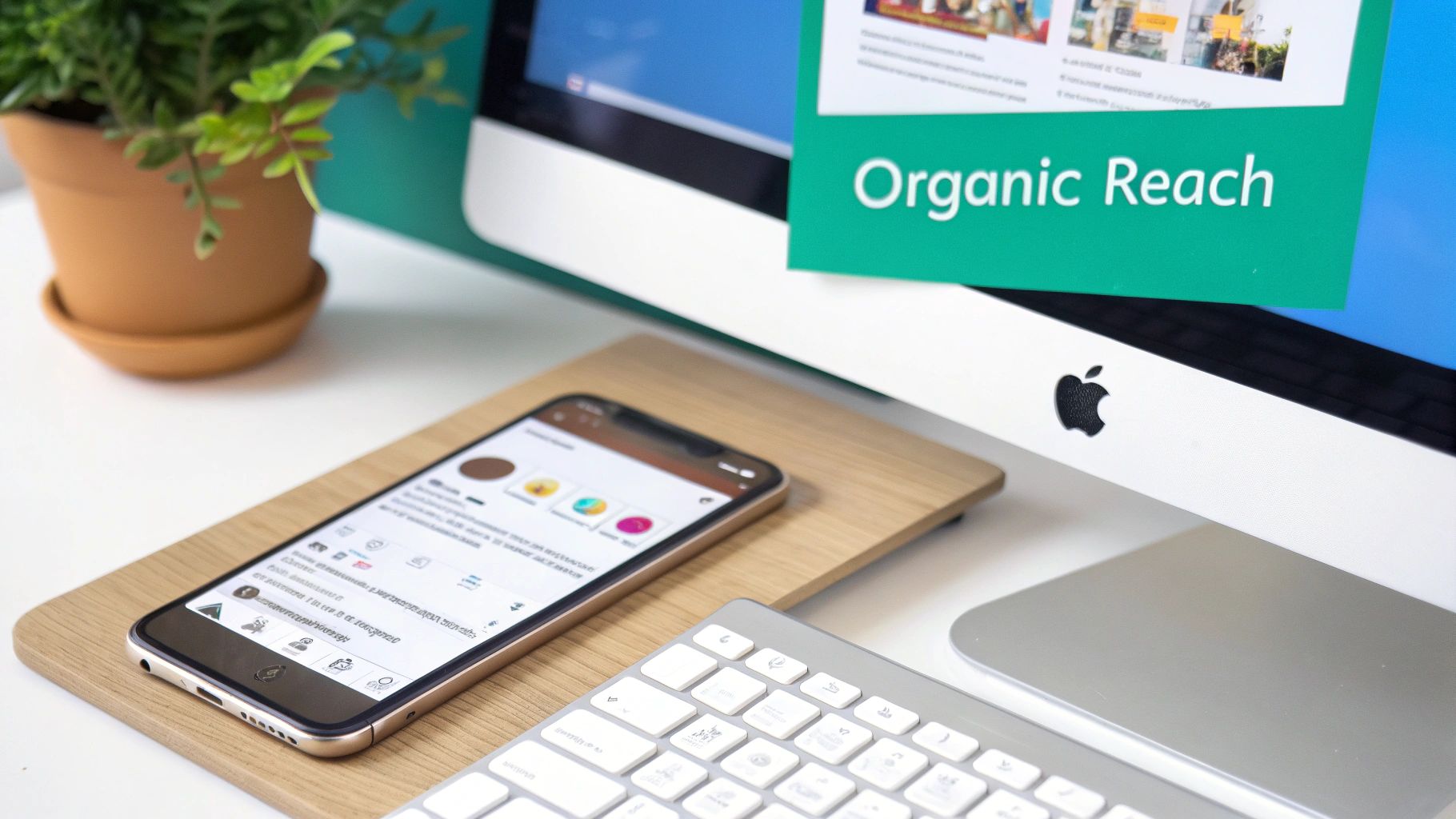
Before you ever spend a dollar, your goal is to build that strong base. If you're looking for a deep dive, there are some great resources on how to grow Instagram organically that can help lay this crucial groundwork.
Master Your Hashtag Strategy
Hashtags aren't just a tacked-on extra; they're one of the most powerful discovery tools on the platform. The biggest pitfall I see is people loading up on generic tags like #marketing or #business. Sure, they have millions of posts, but that also means your content gets buried in a matter of seconds.
You need to be more strategic. I like to think of it as building a hashtag pyramid.
Broad, Trending Tags (1-2): These are your high-volume keywords. They'll give you a quick, but very short-lived, burst of visibility.
Community Tags (3-5): Get more specific. These are the tags your ideal audience actually follows, likes
#smallbusinessowner, or#contentcreatorlife. You’re tapping into a much more engaged group here.Niche-Specific Tags (5-10): This is where the magic happens. These are hyper-targeted keywords describing exactly what's in your post, like
#instagramreelstipsor#localbakerynyc. This is how your most qualified, ready-to-engage followers find you.
Mixing these types casts a net that's both wide and targeted, massively improving your chances of getting in front of the right people.
Craft Captions That Drive Action
A "like" is nice, but it's a passive gesture. What the algorithm really cares about are signals of high interest, and right now, that means saves and shares. Your captions are your secret weapon for getting them.
Stop just describing your photo and start a conversation. Ask open-ended questions that actually make people want to respond. Instead of, "Here's our new product," try something like, "We just launched this! What's the first thing you'd do with it?" See the difference?
Pro Tip: Always end your caption with a clear call-to-action. Don't just hope people will engage—tell them exactly what you want them to do. A simple "Save this post for later" or "Share this with a friend who needs it" can make a huge difference.
Nail Your Posting Times
Dropping a post when your audience is asleep is the fastest way to kill its reach. Those first few hours are absolutely critical. The algorithm pays close attention to that initial engagement to decide how valuable your content is and who else to show it to.
So, how do you find your prime time? Forget those generic "best time to post" articles and look at your own data.
Head over to your Professional Dashboard.
Tap into Account Insights.
Go to Total Followers and scroll all the way to the bottom.
Instagram will show you a detailed chart of the exact days and hours your followers are most active. Schedule your posts based on that data. It's a simple, data-driven step that can give your content the initial boost it needs to fly.
Use Instagram Stories to Hype Up Your Posts
Think of your new feed post as the main event. Your Stories? That's the hype machine that gets everyone excited to see it. Just tossing up a screenshot of your post with a "new post" sticker isn't going to cut it anymore. Honestly, it's a bit lazy and a massive missed opportunity to build real anticipation.
Your job here is to create a mini-narrative that leads people to your post, not just tell them it exists. You want to make them so curious that they have to tap through to see what you've put together.
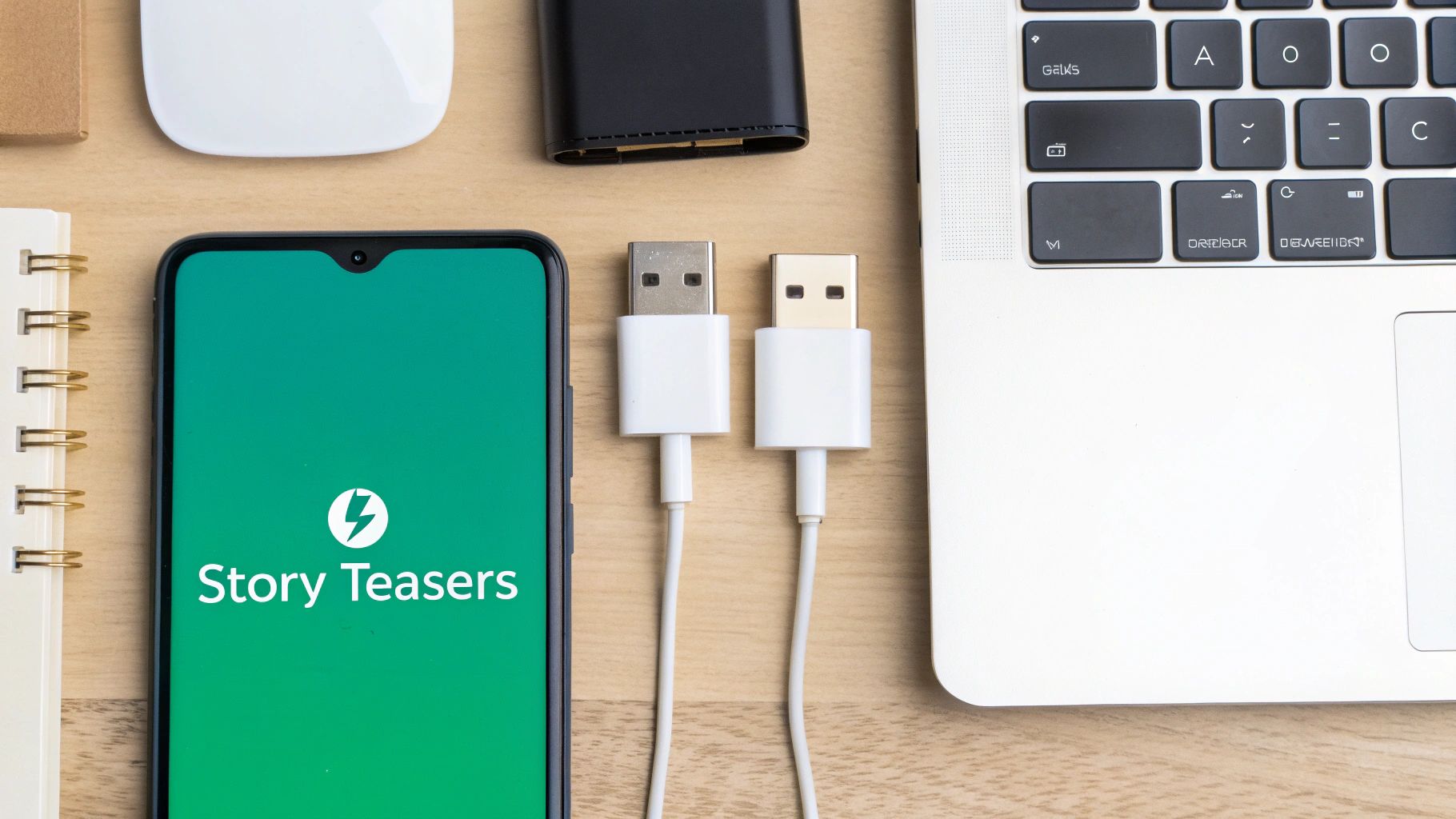
Build Curiosity With Smart Teasers
Instead of that boring screenshot, let's build a multi-slide Story that actually teases the content. This flips the script from a passive announcement into an interactive experience your audience will want to engage with.
Here are a few ways I’ve seen this work incredibly well:
Go Behind the Scenes: Share a quick video or a Boomerang of the post being created. If you're a photographer, show the photo shoot setup. If you’re a designer, a quick screen-recording time-lapse is perfect.
Use Polls and Quizzes: Ask a question directly tied to your post's theme. Dropping a new recipe? Run a poll asking, "Spicy or sweet?" to get them thinking before you reveal the answer in your feed.
Leverage the Question Sticker: Pop up a question box asking, "What do you want to know about [your post topic]?" You can answer a couple of the best ones right there in your Stories and then point everyone to your feed post for the full scoop.
This strategy does more than just promote your post; it also drives up your Story engagement, which is a fantastic signal to the Instagram algorithm. For a deeper dive, check out our complete Instagram Story guide, where we break these techniques down even further.
Don't just show your post—sell it. Your Story is the movie trailer, and your feed post is the feature film. Give it that same level of creative energy.
How to Structure the Perfect Story Sequence
The way you structure your Story sequence is critical. I've noticed that top-performing brands are posting around 17 Stories per month and have nailed the art of hooking viewers within the first three slides. The data backs this up, too. Tap-forward rates drop off after the third slide, but they tend to level out for sequences between 6–13 slides. That seems to be the sweet spot for telling a compelling story without losing your audience.
A solid Story sequence could look something like this:
1. Slides 1-2 (The Hook): Kick things off with an engaging poll or a striking visual that introduces the topic without revealing everything.
2. Slides 3-5 (The Buildup): This is where you build the narrative. Share a behind-the-scenes secret, a surprising fact, or another little nugget of info related to your post.
3. Slide 6 (The Call-to-Action): Time for the big reveal. Use the "Add post" sticker to directly link to your new feed post, making it super simple for your followers to jump right over.
Running Paid Promotions That Actually Work
So, you've got a post that's crushing it organically. The likes are rolling in, comments are buzzing—it's a clear winner. Now what? It's time to pour some gasoline on that fire with a paid budget. This is how you punch through the ceiling of your current followers and get in front of thousands of potential new customers.
But hold on. Hitting that tempting blue "Boost Post" button without a plan is the fastest way to burn through your cash. If you want a real return on your investment, you need to be more strategic.
First things first: graduate from the "Boost Post" button and get comfortable inside Meta's Ads Manager. Boosting is simple, sure, but Ads Manager is where the real power is. You get far more control over targeting, testing, and seeing what’s actually working. Since Instagram's ad system is built on Facebook's, getting familiar with effective Facebook Ads strategies will give you a massive head start.
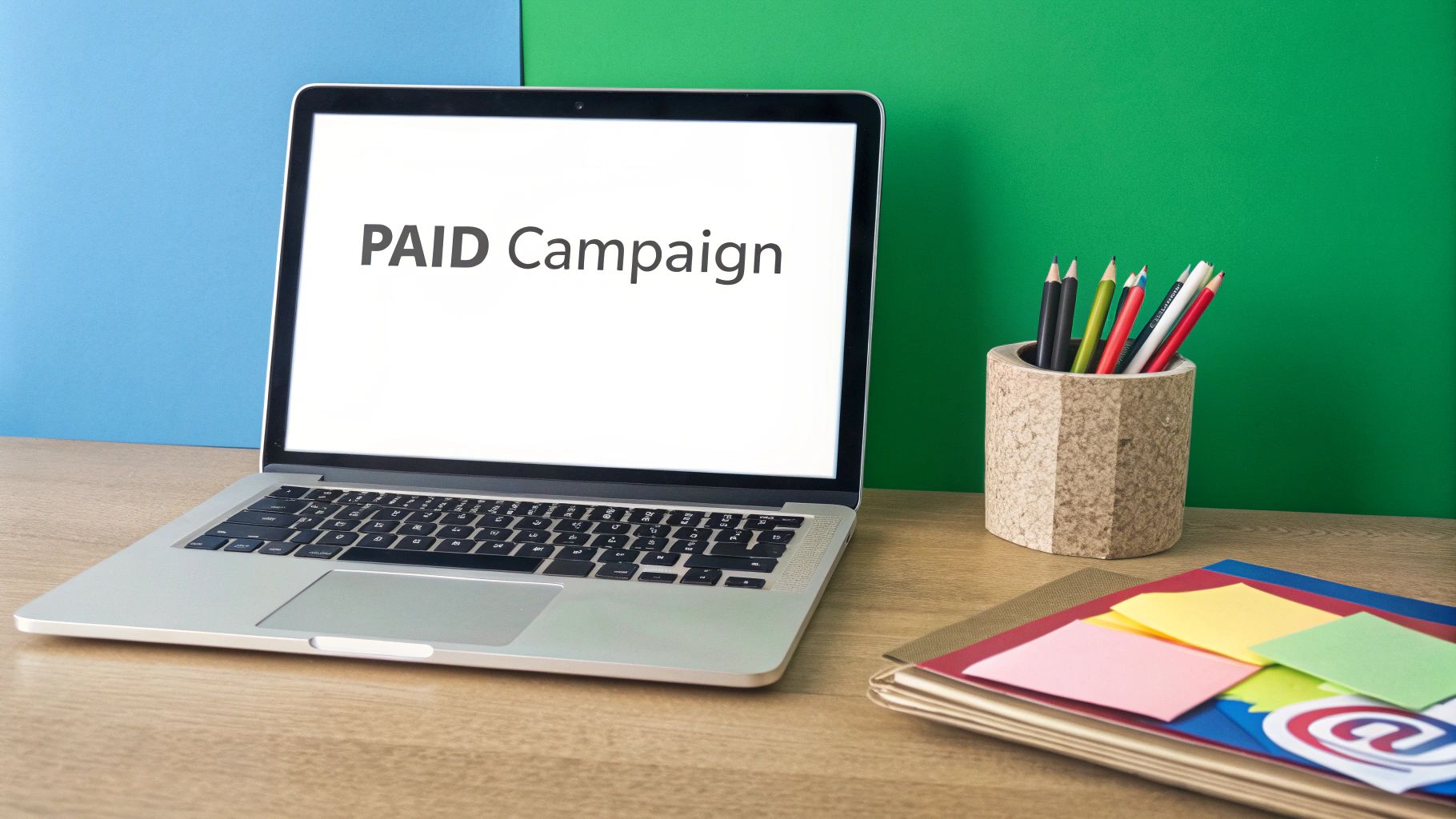
Nail Down Your Campaign Objective
Before you even think about spending a dollar, you need a crystal-clear answer to one question: What do I want this ad to accomplish? Your answer to this single question will shape every other decision you make.
Are you trying to...
Build Awareness? The goal here is pure reach—getting your post in front of as many new eyeballs as possible. It's perfect for building your brand and making that crucial first impression.
Drive Traffic? You want people to leave Instagram and go somewhere specific, like your new blog post or a product page on your website.
Spark Engagement? This is all about getting more likes, comments, and shares on the post itself. This builds social proof and makes your account look lively and credible.
Get Conversions? This is the bottom line. You're aiming for a specific, valuable action—a sale, an email sign-up, or an app download.
Choosing the right objective is critical because you're telling the algorithm exactly what kind of person to look for. If you select "Traffic," it will hunt for people who are known clickers. That’s a totally different audience than the one it would find for "Engagement," which is full of people who love to like and comment.
The biggest mistake I see brands make is having a fuzzy goal. "Getting more exposure" isn't a strategy. "Driving 500 qualified visitors to our new product page" is. Get specific.
Build Hyper-Targeted Audiences
This is where the magic happens. The real power of Instagram ads is the ability to stop shouting into the void and start having a direct conversation with your ideal customer. Ditch the broad, default targeting options.
Instead, get granular and build your own audiences.
Interest Targeting: Go after users based on what they've shown they like—pages they follow, topics they engage with, etc. Think "organic skincare" or "hiking enthusiasts."
Behavior Targeting: Focus on what people do*, not just what they like. You can target "frequent online shoppers" or "small business owners."
Lookalike Audiences: This is your secret weapon. You can upload a list of your existing customers or most engaged followers, and Instagram will go out and find a massive new audience of people who share similar traits. It's incredibly powerful.
Test and Refine Everything
Your first ad is rarely your best ad. The pros know that the key to a profitable campaign is relentless A/B testing. Create two or more versions of your ad, change just one thing, and let them run. The data will tell you which one resonates.
Here are a few things you should always be testing:
The Creative: Pit a static image against a short video. Or try two different photos.
The Ad Copy: Does a short, punchy caption work better than a longer, story-driven one?
The Call-to-Action (CTA): Test "Learn More" against "Shop Now" to see which button gets more clicks.
By running these small-budget tests, you’re gathering priceless data on what your audience actually wants to see. This lets you find that winning combination of image, text, and CTA before you ramp up your spending. It’s the smartest way to make every ad dollar work for you.
Partner with Influencers to Extend Your Reach
Sometimes, the best way to get your post seen is to borrow someone else's audience. That's the core idea behind influencer marketing. It’s not just about getting a quick shout-out; it's a strategic move that gives your content instant credibility with a community that already trusts the creator you're working with.
Think of it as a powerful shortcut. Instead of shouting into the void, you're getting a warm introduction to exactly the right people. When the partnership feels genuine, the promotion comes across less like an advertisement and more like a trusted recommendation from a friend.
Micro-Influencers Are Your Secret Weapon
Chasing a huge celebrity partnership might seem like the dream, but the reality is often quite different. It's the smaller, niche creators who frequently deliver the best results. We're talking about micro-influencers, those with follower counts typically between 10,000 and 100,000.
These creators have cultivated incredibly loyal, tight-knit communities that genuinely care about what they have to say. Their recommendations carry real weight because their followers see them as peers, not distant A-listers. This connection leads to much higher engagement and, in the end, a better return on your investment.
Influencer marketing is a proven powerhouse, delivering an average return on investment (ROI) of $5.78 for every dollar spent. Micro-influencers boast an impressive engagement rate of 3.86%, while celebrity macro-influencers lag behind at just 1.21%.
The numbers don't lie. By focusing on these smaller, more engaged communities, you’re not just buying eyeballs—you’re investing in trust and authentic connection.
Finding the Right Partner for Your Post
This is where the real work begins. Choosing the perfect influencer is the most important part of the whole process. A mismatch in values, style, or audience can make your collaboration feel forced and completely miss the mark. You have to look beyond the follower count and get a real sense of their content and community.
Here’s what to look for when you're vetting potential partners:
Audience Alignment: Do their followers actually fit your target demographic? Don't just guess. Ask for their media kit or use analytics tools to check their audience's age, location, and interests.
Real Engagement: Likes can be deceiving. Dive into the comments section. Are people having actual conversations, or is it just a wall of fire emojis? Meaningful back-and-forth is the sign of a healthy, connected community.
Content Vibe: Does their aesthetic and tone match your brand's? A sleek, minimalist brand teaming up with a rustic, bohemian creator might confuse both of your audiences and feel totally inauthentic.
Once you've built a solid shortlist, it's time to make contact. For a deep dive into this entire process, our guide on how to collaborate with influencers walks you through everything from writing a pitch that gets noticed to setting up a successful partnership.
Structuring Your Collaboration
There isn't just one way to work with an influencer. The best approach depends on your specific goals for the post you want to promote.
Here are a few popular ways to structure a collaboration:
The Classic Sponsored Post: This is the most common method. The influencer creates a dedicated feed post (a static image, carousel, or Reel) featuring your product or service and shares it directly with their audience.
Story Takeovers: You hand the keys to your Instagram Stories over to the influencer for a day. It’s an amazing way to give your audience a personal, behind-the-scenes look at your brand.
Co-Created Content: You and the creator work together to produce something unique that gets shared on both of your accounts. This feels like a true partnership and can seriously amplify the credibility and reach for everyone involved.
Your Top Instagram Promotion Questions, Answered
Alright, so you've got a strategy mapped out, but a few nagging questions always seem to surface right when you're about to hit "promote." Let's clear the air on some of the most common ones I hear, so you can move forward with total confidence.
How Much Should I Actually Spend to Promote a Post?
Honestly, there's no single "right" answer here. If anyone gives you a magic number, they're just guessing. Your budget really comes down to your specific goals, what industry you're in, and how wide a net you're trying to cast with your audience.
My advice is always the same: start small and scale smart.
Kick things off with a modest budget, maybe $5 to $10 per day, and think of this as your testing ground. The point isn't to go viral instantly; it's to collect real-world data. Pick one clear goal—like driving profile visits or getting website clicks—and then watch your cost-per-result inside Ads Manager like a hawk.
If you see a nice, low cost per click and the people coming through are actually engaging, that’s your signal. It's time to slowly dial up the spend. This methodical approach will always beat dropping a huge budget on a campaign you haven't proven yet.
Is Boosting a Post the Same Thing as Running an Instagram Ad?
This is a big one, and it's a critical difference to understand. While both involve paying to get your content in front of more eyeballs, they are absolutely not the same beast.
Think of it this way: Boosting a post is like using the 'auto' setting on a DSLR camera. It’s fast and easy, perfect for simple snapshots. Creating a full-blown ad in Meta's Ads Manager is like switching to 'manual' mode. It takes more know-how, but the control you get is unparalleled.
A boosted post is the simplified version of advertising that you can launch right from the Instagram app. It’s convenient for a quick reach bump, but your targeting and optimization options are extremely limited.
An Instagram ad built properly through Ads Manager is a far more sophisticated and powerful tool. It gives you access to:
More Campaign Objectives: You can aim for things like actual sales conversions or lead generation, not just simple engagement.
Advanced Audience Targeting: This is where you can build custom audiences from your website visitors or create lookalike audiences to find new people just like your best customers.
Total Creative Control: You can A/B test different images, videos, headlines, and calls-to-action to see what truly resonates.
For any serious promotion where you need to maximize your return on investment, Ads Manager is the only way to fly.
How Long Should I Run an Instagram Promotion?
The perfect runtime really depends on what you're trying to achieve. For a general brand awareness or engagement campaign, a sweet spot is usually somewhere between 3 and 7 days. This gives the algorithm enough time to find its groove, optimize who sees your ad, and reach a solid chunk of your target audience.
But what if you're promoting something time-sensitive, like a flash sale or a webinar? In that case, you’ll want to run a shorter, more aggressive campaign for just 1 to 3 days to create a sense of urgency.
Whatever the duration, make sure you're checking in on your ad's performance daily. Pay close attention to the "frequency" metric. If you see that number creeping up (meaning the same people are seeing your ad over and over) and your results are starting to drop, you're likely hitting ad fatigue. That's a clear signal to either pause the ad or swap in a fresh creative to keep things from going stale.
Ready to stop guessing and start growing? Gainsty uses advanced AI and real Instagram expertise to attract genuine, engaged followers to your account. Forget bots and fake engagement—we deliver the authentic growth your brand needs to stand out. Get your organic Instagram growth started today!
.jpg&w=1920&q=75&dpl=dpl_9XSWKBjhcBN6v6b1SN7m3p1WWjfr)
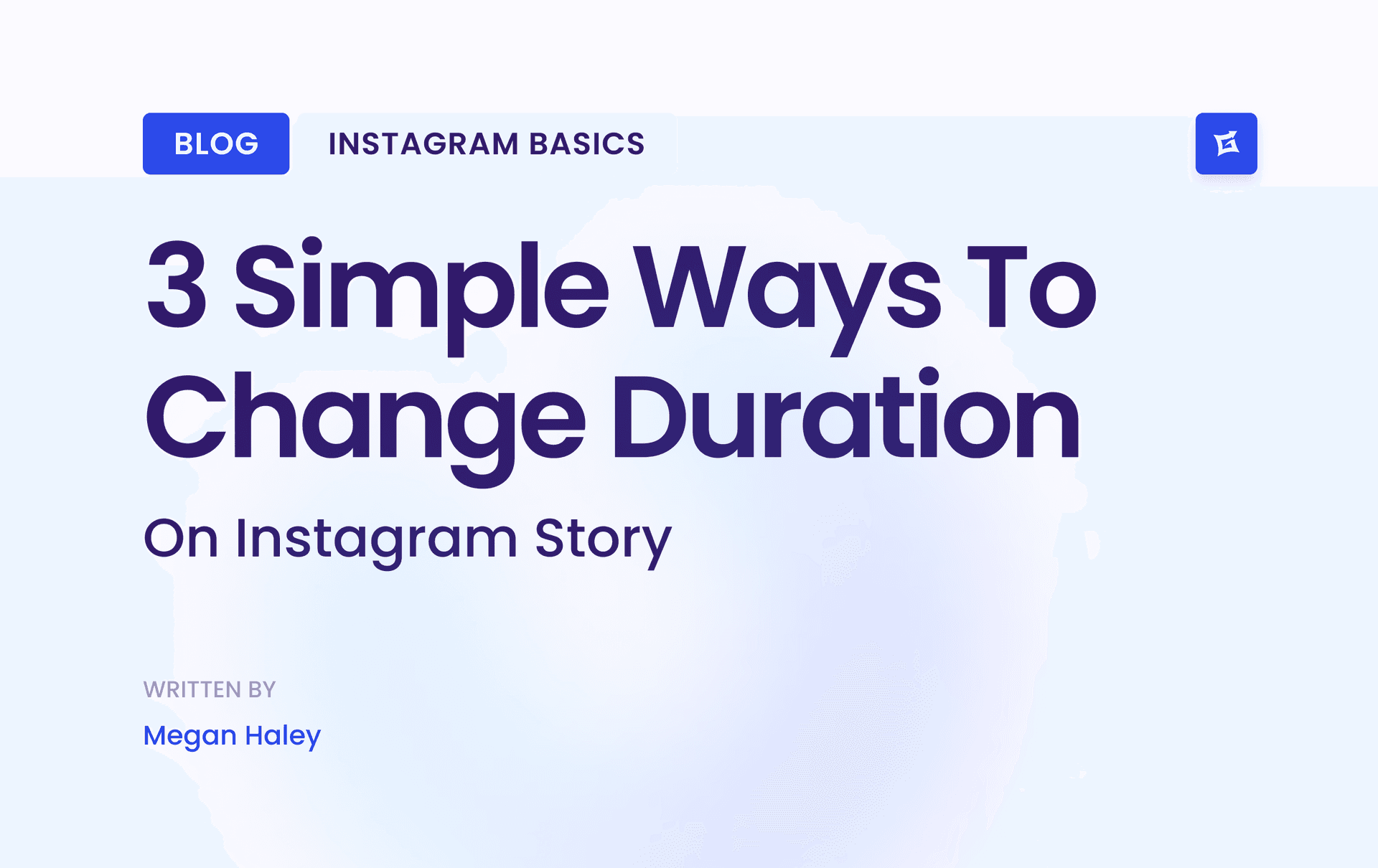
.png&w=1920&q=75&dpl=dpl_9XSWKBjhcBN6v6b1SN7m3p1WWjfr)
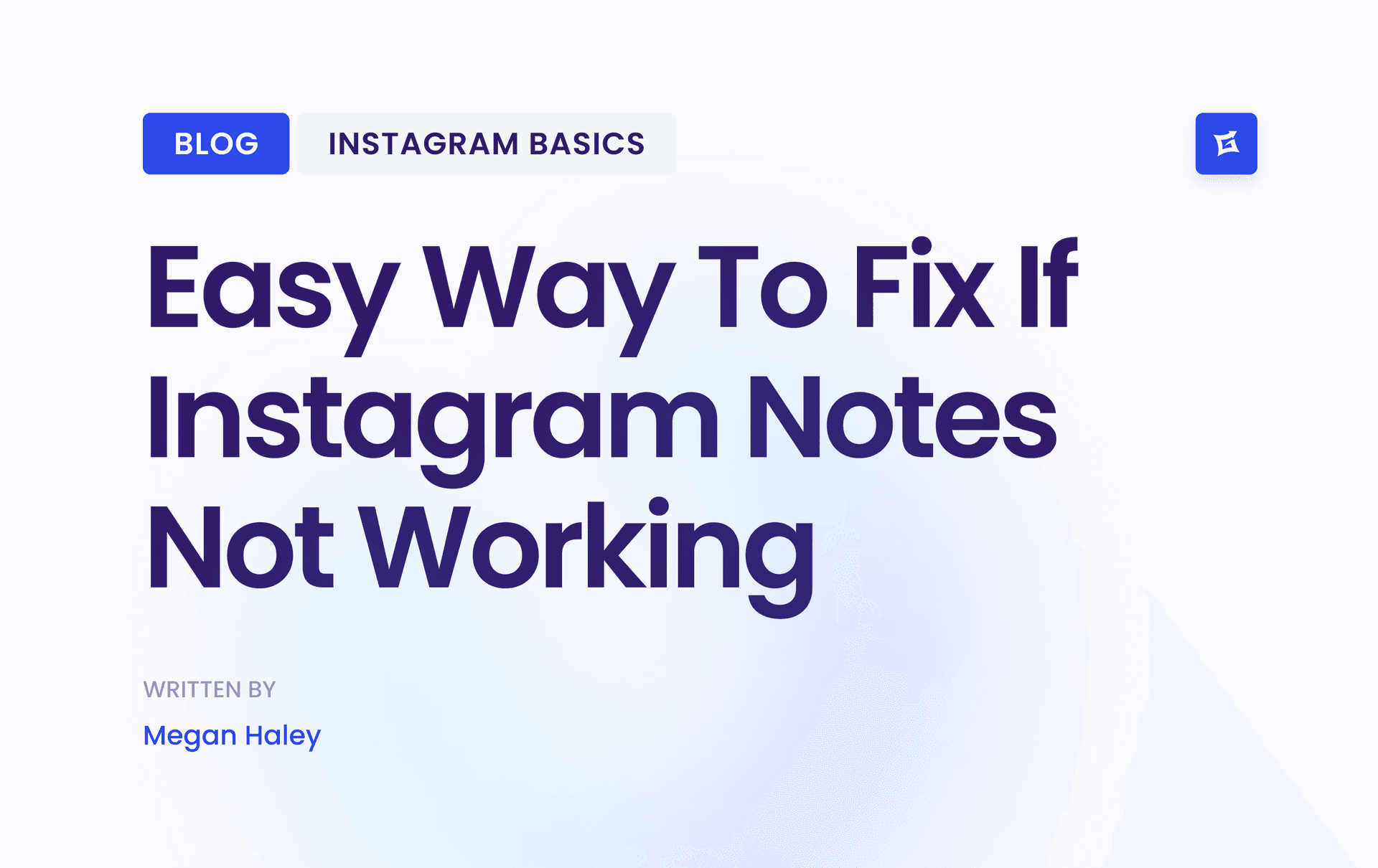
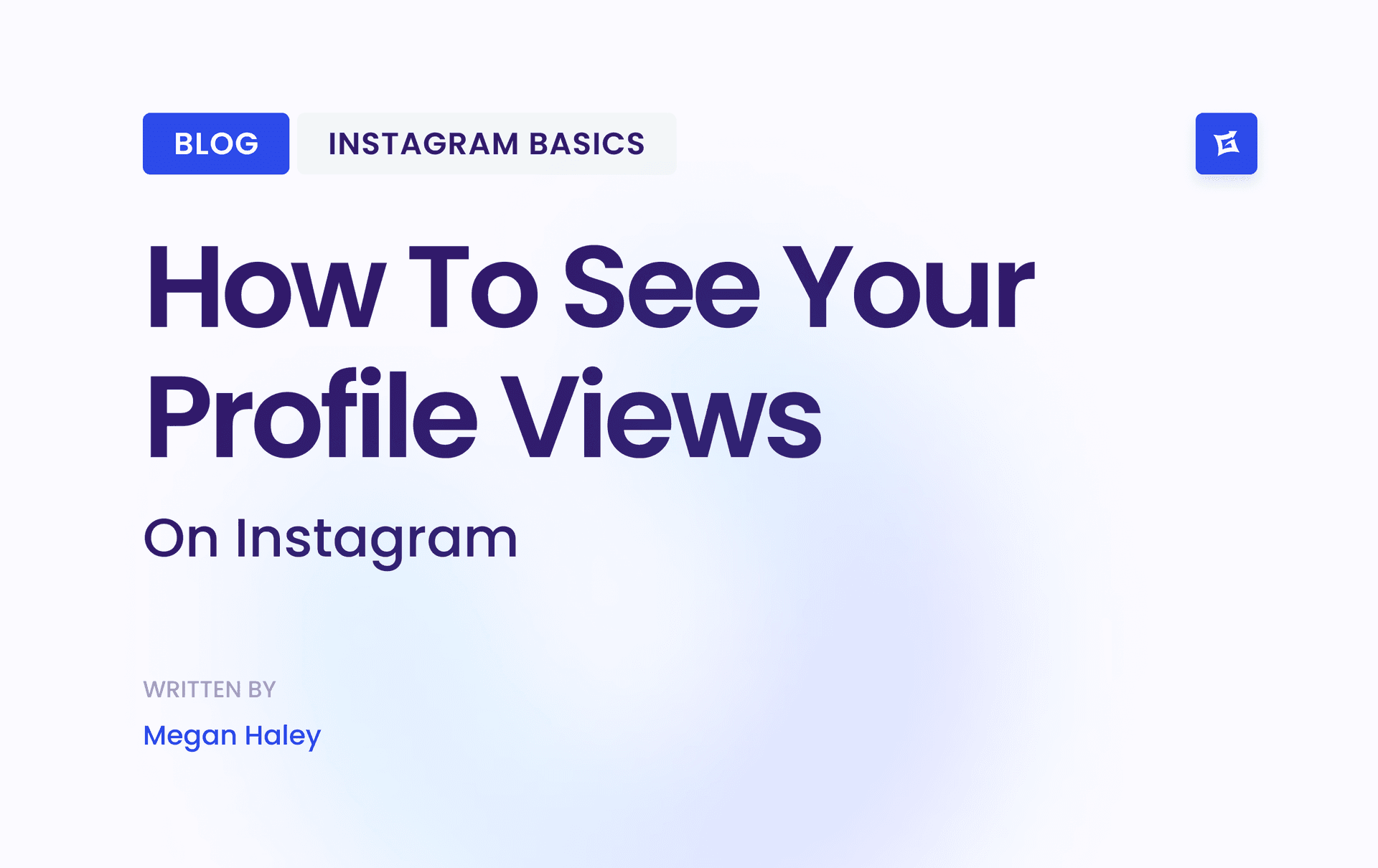
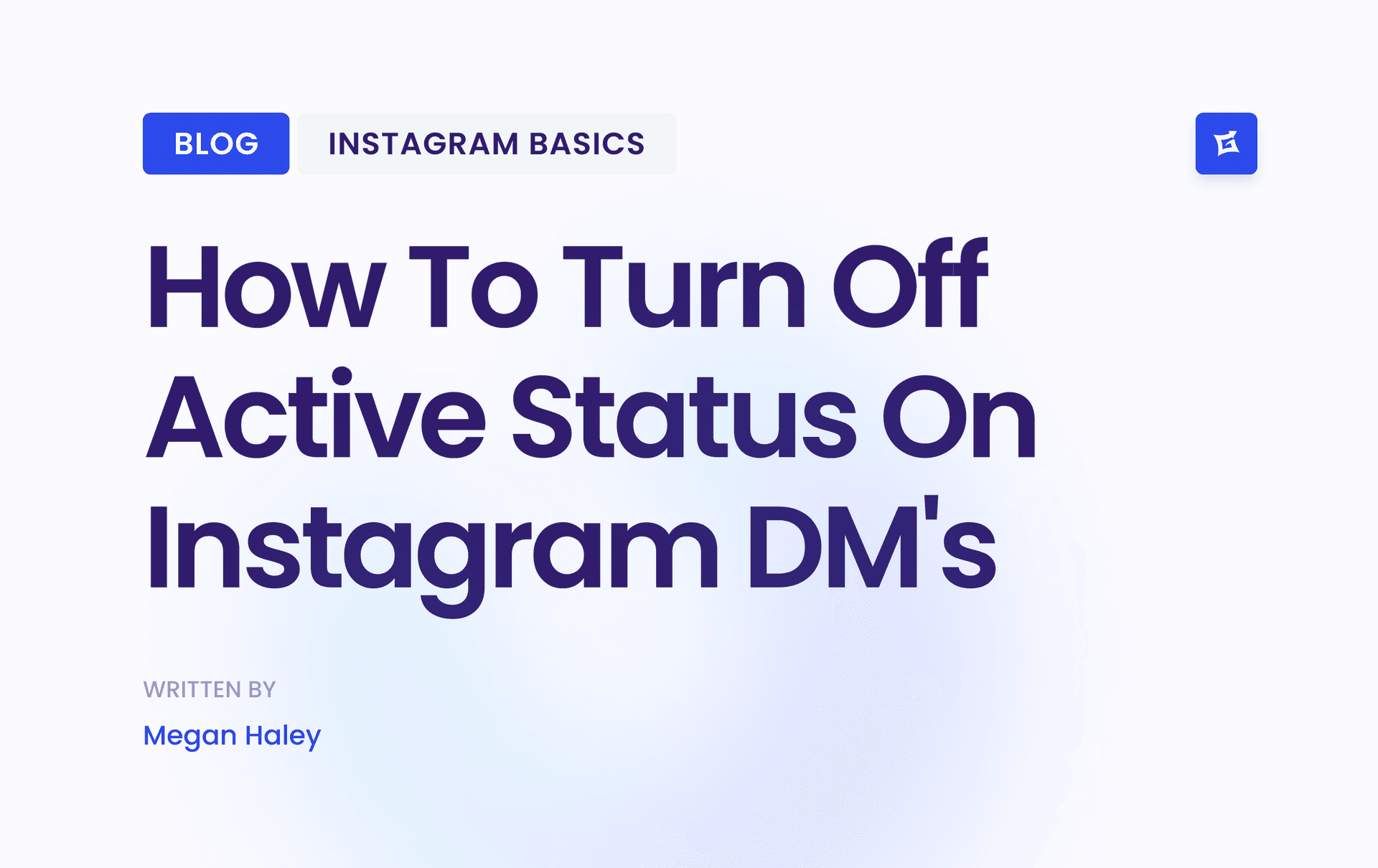
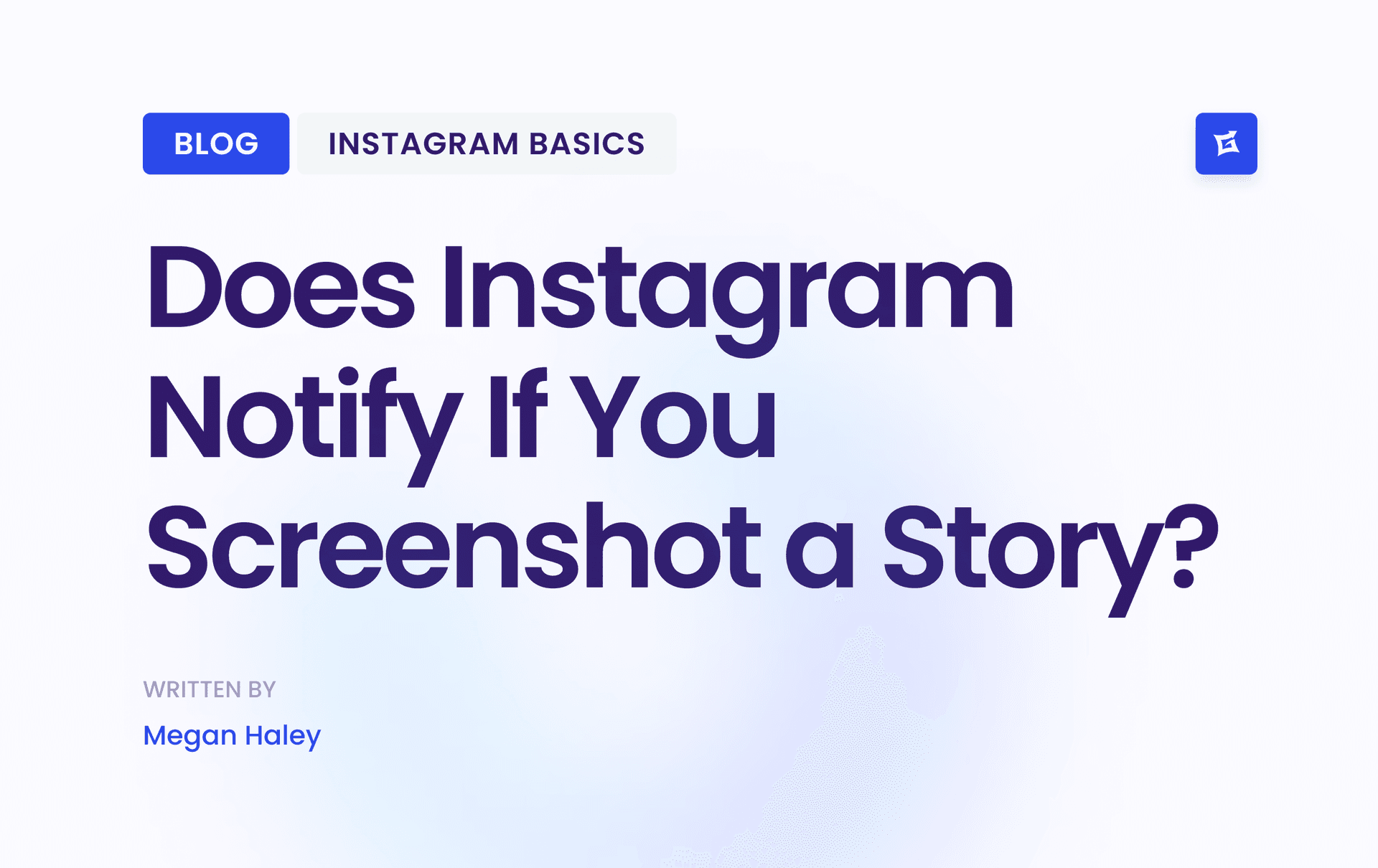


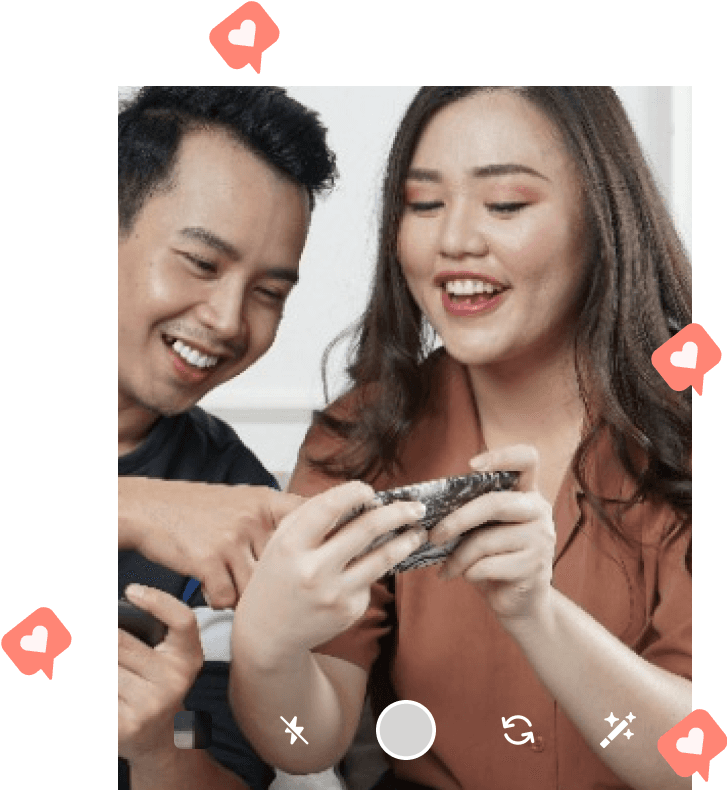
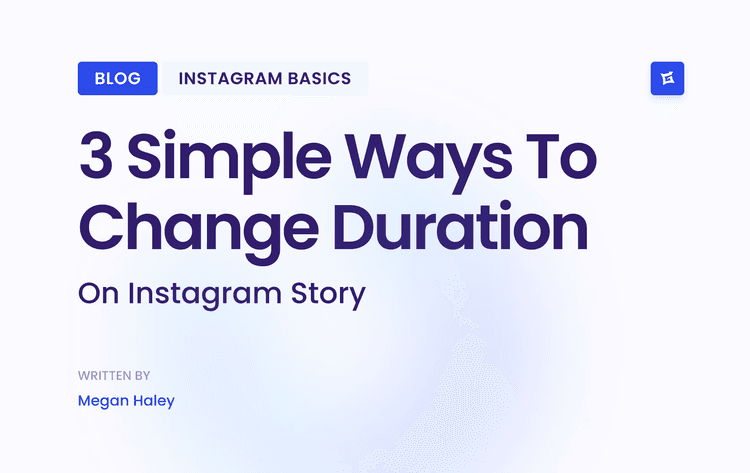
.png&w=750&q=75&dpl=dpl_9XSWKBjhcBN6v6b1SN7m3p1WWjfr)
